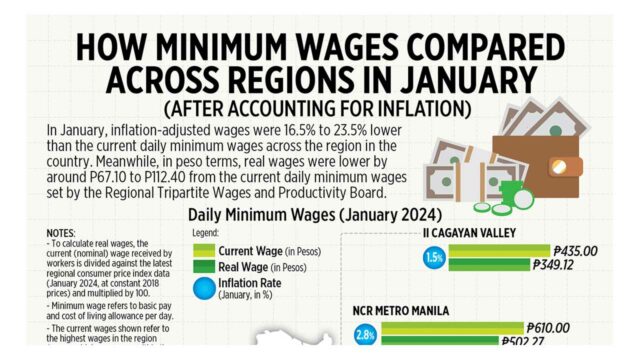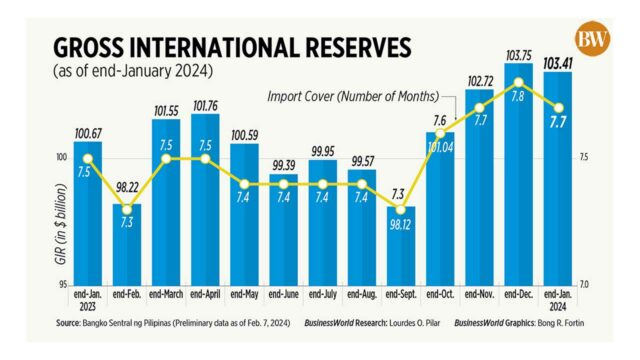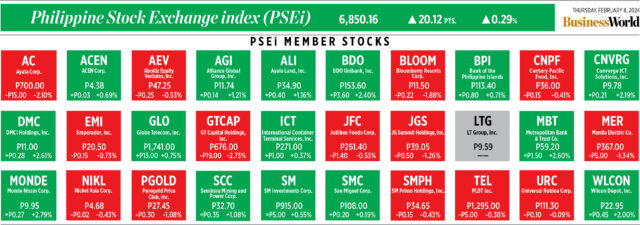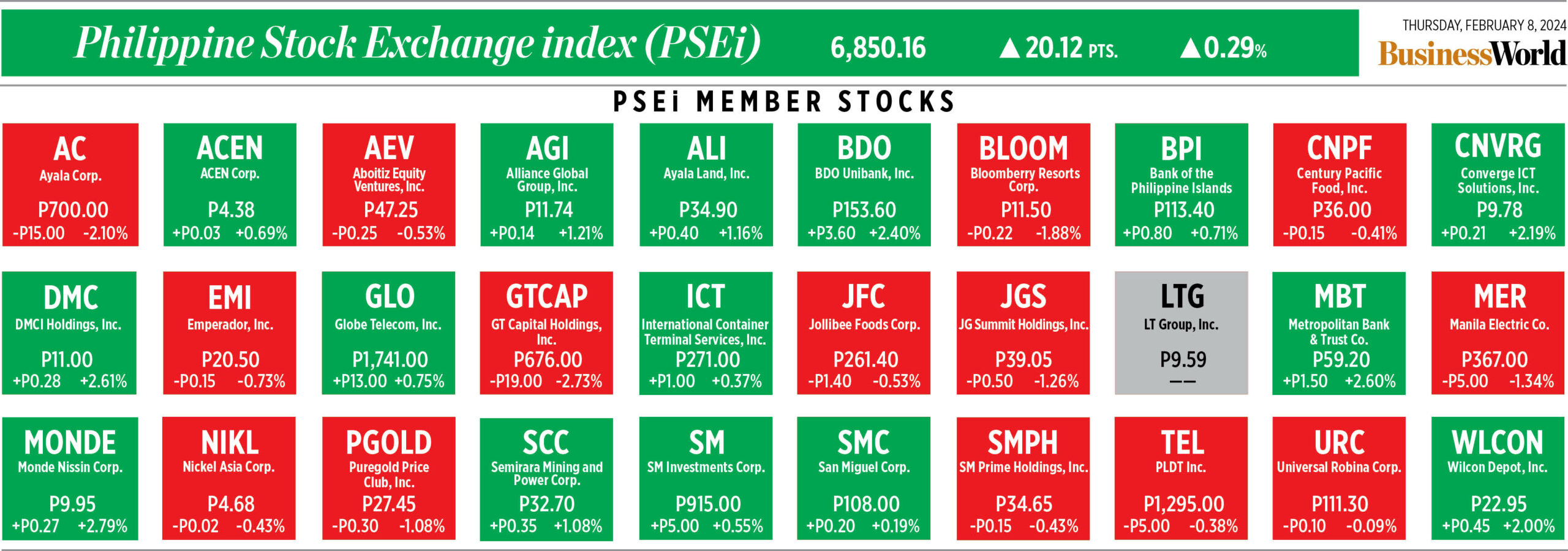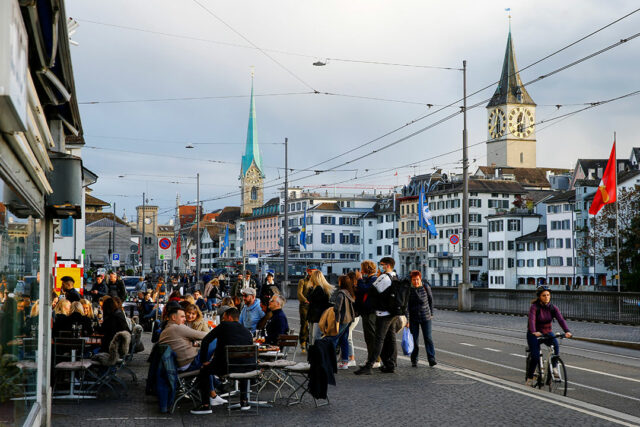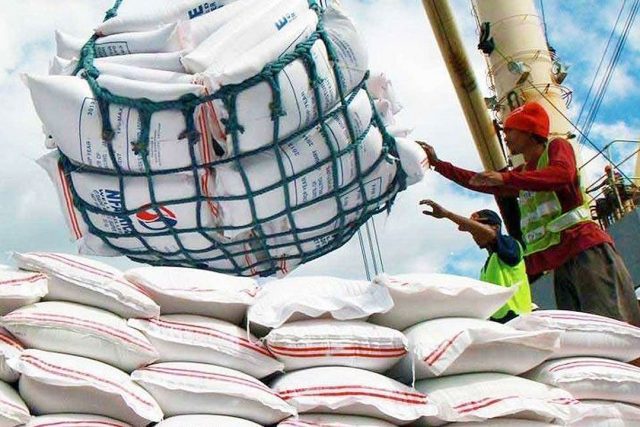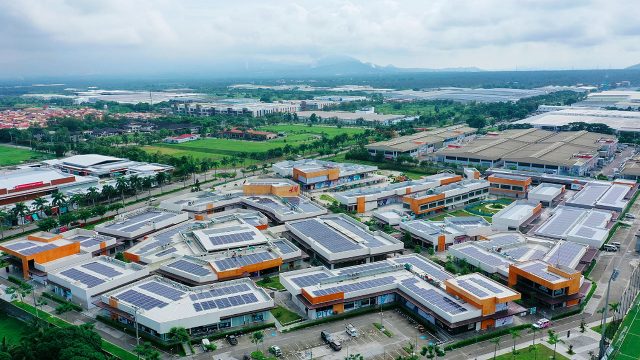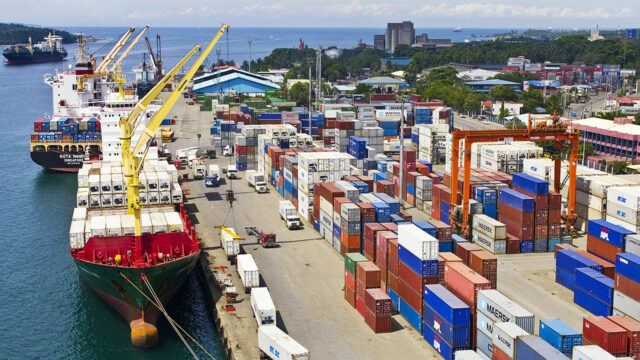The ICC and arresting Philippine public officials
Solicitor General Menardo Guevarra admitted that the International Criminal Court (ICC) can indeed issue a warrant of arrest. Carrying it out though is another matter: “Without any cooperation from the Philippine government it will be very difficult to enforce that warrant in Philippine territory.” Although that’s not actually accurate.
Article 127.2 of the Rome Statute does provide that “A State shall not be discharged, by reason of its withdrawal, from the obligations arising from this Statute while it was a Party to the Statute, including any financial obligations which may have accrued. Its withdrawal shall not affect any cooperation with the Court in connection with criminal investigations and proceedings in relation to which the withdrawing State had a duty to cooperate and which were commenced prior to the date on which the withdrawal became effective, nor shall it prejudice in any way the continued consideration of any matter which was already under consideration by the Court prior to the date on which the withdrawal became effective.”
And yet, it’s hard to argue that the present proceedings fall within that provision. Even the ICC itself was utterly divided on that question, with two members of the deciding Appeals Chamber doubting the validity of the proceedings. They essentially pointed out the simply commonsensical: the ICC cannot exercise jurisdiction over the Philippines considering the latter already withdrew from the Rome Statute before the Prosecutor requested authorization to commence the investigation.
Judges Marc Perrin de Brichambaut and Gocha Lordkipanidze (by way of their Dissenting Opinion, July 18, 2023) went on to say, correctly, that “the Pre-Trial Chamber erred in law in concluding that the Court had jurisdiction over the Philippines Situation despite the Philippines’ withdrawal from the Rome Statute. xxx [Consequently, we would have] directed the Pre-Trial Chamber to withdraw its authorization for the Prosecutor’s investigation and discontinue all proceedings in the situation.”
Consequently, despite an international tribunal’s compétence de la compétence authority, the ICC’s principle of complementarity alongside that of Philippine sovereignty should therefore prevail.
Even then, assuming purely for the sake of discussion that the ICC proceedings are valid, although various arguments can be said for warrants issued against former and even certain incumbent public officials, the same cannot specifically apply to the sitting Vice-President, as media commentary would have us believe.
For one, from the very beginning and as late as the “Judgment on the appeal of the Republic of the Philippines against Pre-Trial Chamber I’s ‘Authorization pursuant to Article 18(2) of the Statute to resume the investigation’” (July 2023), no mention was ever made of Vice-President Sara Duterte, except once: that she took over as vice-president in 2022. Her sudden inclusion — should such be true — smacks of a denial of due process.
Which leads to this point: she is the sitting vice-president, for which Article XI.2 of the Constitution is relevant: “The President, the Vice-President, the Members of the Supreme Court, the Members of the Constitutional Commissions, and the Ombudsman may be removed from office, on impeachment for, and conviction of, culpable violation of the Constitution, treason, bribery, graft and corruption, other high crimes, or betrayal of public trust. All other public officers and employees may be removed from office as provided by law, but not by impeachment.”
In other words, while charges may arguably be filed against a sitting vice-president, to arrest such an official normally removeable only through impeachment is another matter. And if a local court is proscribed from arresting an incumbent vice-president (which would effectively “remove” such official from office), even more then should a foreign tribunal’s warrant of arrest be considered invalid and without effect.
Granted, the Rome Statute’s Articl e 27.2 does provide that “immunities or special procedural rules which may attach to the official capacity of a person, whether under national or international law, shall not bar the Court from exercising its jurisdiction over such a person.” However, the same remains inapplicable for the reasons mentioned above and because of our Constitution.
Because the fact remains that treaties merely form part of the laws of the land (Constitution, Article II.2) and in our jurisdiction are of a level subservient to the Constitution. While indeed there may be a need to comply with treaty obligations (e.g., the Rome Statute’s Article 86 and 87.7), nevertheless, that obligation is subordinate to the primacy of — and the duty of our officials to follow — the Constitution. And as per Article VIII.5.a, the Supreme Court is expressly mandated to strike down any treaty going against our Constitution.
Finally, this needs to be keenly considered: a public official that causes the arrest of anyone listed in Article XI.2 arguably commits a “culpable violation of the Constitution,” which could either lead to impeachment of the former (if such an official is also included in Article XI.2) or arrest under related criminal laws, including the Anti-Graft and Corrupt Practices Act, that possibly negates the immunities provided for in the Constitution’s Article VI.
The views expressed here are his own and not necessarily those of the institutions to which he belongs.
Jemy Gatdula read international law at the University of Cambridge. He is the dean of the Institute of Law of the University of Asia and the Pacific, and is a Philippine Judicial Academy lecturer for constitutional philosophy and jurisprudence.
https://www.facebook.com/jigatdula/
Twitter @jemygatdula


